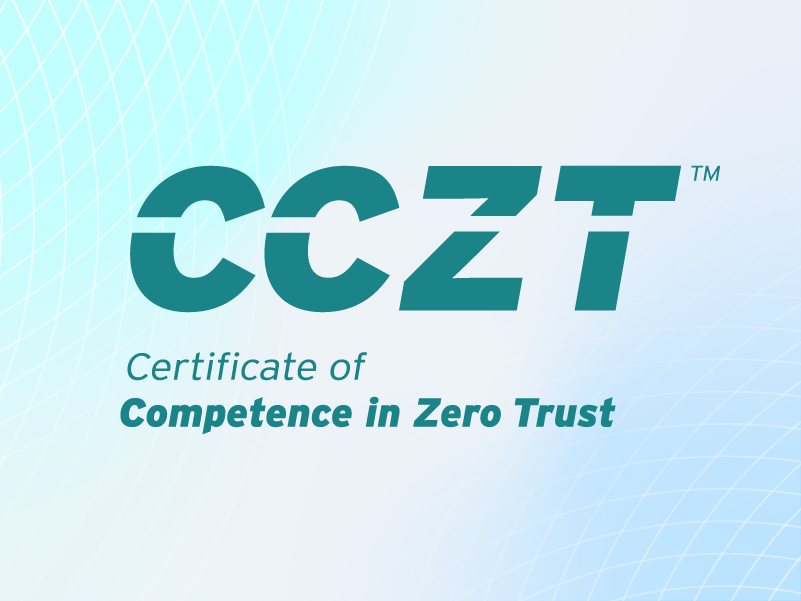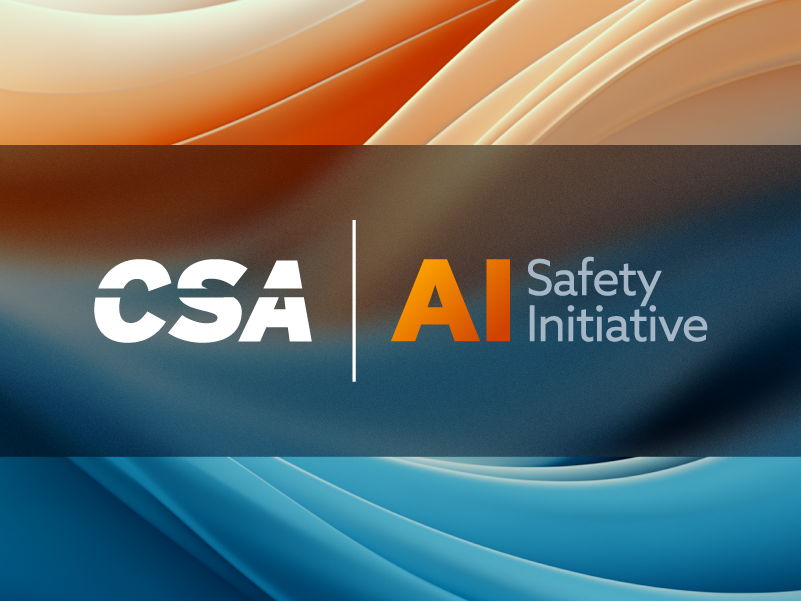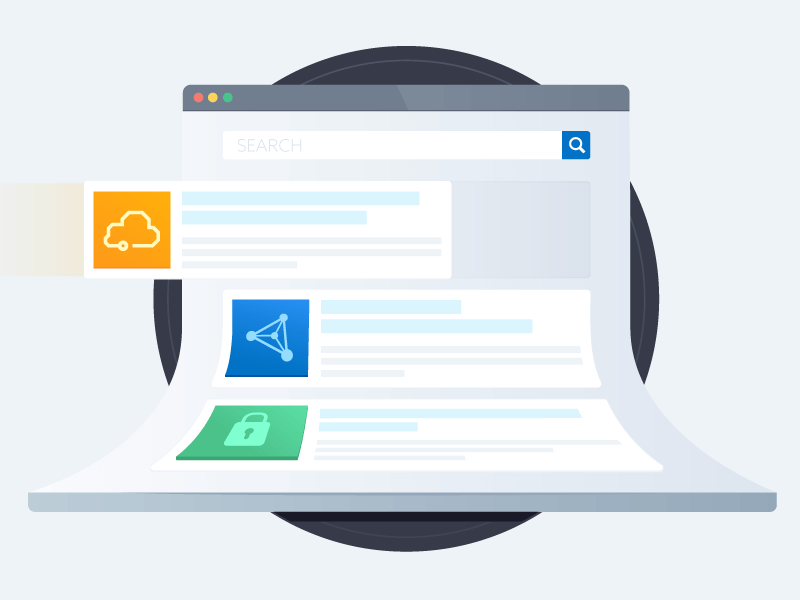The Hidden Security Threats Lurking in Your Machine Learning Pipeline
Published 09/11/2025
Machine learning operations (MLOps) have rapidly evolved from experimental workflows to production-critical systems powering everything from fraud detection to autonomous vehicles. But as organizations rush to deploy ML models at scale, they're discovering that traditional cybersecurity approaches fall woefully short of protecting these complex systems.
CSA's DevSecOps Working Group recently released an MLOps Overview that reveals a sobering truth: machine learning systems face an entirely new class of security threats that most IT professionals have never encountered. These aren't your typical SQL injection or cross-site scripting vulnerabilities. These are sophisticated attacks that target the very foundation of how machines learn.
Beyond Traditional Cybersecurity: Welcome to MLSecOps
While traditional DevSecOps focuses on securing code and infrastructure, MLSecOps extends these principles to protect the confidentiality, integrity, availability, and traceability of data, software, and models throughout the machine learning lifecycle. This isn't just about adding firewalls around your ML infrastructure—it requires understanding threats that can manipulate how your models think and learn.
The stakes couldn't be higher. When a web application gets compromised, you might lose customer data or face downtime. When an ML model gets compromised, it can make millions of incorrect decisions while appearing to function normally, potentially affecting everything from loan approvals to medical diagnoses.
The Threat Landscape: Top Ways Your ML Pipeline Can Be Compromised
The CSA publication identifies nearly a dozen ML-specific threats that should keep security professionals awake at night. Here are the most critical ones:
Data Poisoning
Data poisoning involves deliberately corrupting training data to manipulate model outcomes. Unlike traditional data breaches where attackers steal information, data poisoning attacks inject malicious data to corrupt the model's learning process. Imagine an attacker subtly altering thousands of training examples for a spam detection system, gradually teaching it to classify legitimate emails as spam while letting malicious emails through.
The insidious nature of data poisoning makes it particularly dangerous. The corrupted model might perform well on standard tests but fail catastrophically in specific scenarios the attacker designed. This could manifest months or years after the initial compromise, making attribution nearly impossible.
Model Inversion and Extraction Attacks
Inversion attacks allow adversaries to reconstruct the data used to train models by carefully analyzing the model's responses. Meanwhile, extraction attacks involve querying models to reverse engineer their parameters and functionality. These attacks can expose sensitive training data or allow competitors to steal proprietary algorithms without accessing the original code.
Consider a healthcare AI trained on patient records. Through systematic queries, an attacker could potentially reconstruct individual patient information from the model's responses, even if they never had direct access to the training database.
The Backdoor Problem
Backdoor attacks embed hidden triggers into models during training or inference phases. Unlike traditional backdoors in software, ML backdoors can be nearly undetectable during normal operation. A facial recognition system might function perfectly for legitimate users but grant access to anyone wearing a specific pattern that triggers the hidden backdoor.
Member Inference
Member inference attacks determine whether specific data samples were part of a model's training dataset. This seemingly abstract threat has real-world implications for privacy. Attackers could determine if a particular person's medical records were used to train a healthcare model, potentially revealing sensitive information about their health status.
The Infrastructure Challenge: Securing the Unsecurable
Beyond these model-specific threats, ML operations introduce additional complexity through their dependency on vast software supply chains. As the CSA research publication notes, "machine learning and large language models have dependencies on packages that are transitive, which means if you are importing one library it will have many different dependency libraries connected."
This creates an expanded attack surface where a single compromised dependency deep in the supply chain could affect the entire ML pipeline. Traditional vulnerability scanning tools often struggle with this complexity, as they're designed for conventional software architectures, not the intricate web of ML frameworks, data processing libraries, and model serving components.
Access Control in a Multi-Stakeholder Environment
CSA identifies numerous stakeholders in the MLOps process, including data scientists, ML engineers, privacy teams, and compliance officers. Each role requires different levels of access to various components, creating a complex access control challenge.
Cross-tool access exploitation occurs when adversaries exploit differences in access controls across multiple MLOps tools. For example, a user might have limited permissions in the data versioning system but elevated access in the CI/CD platform, allowing them to manipulate model deployments indirectly.
The Monitoring Gap
Traditional security monitoring focuses on network traffic, system logs, and user behavior. MLOps requires additional monitoring for model drift, prediction quality, and algorithmic fairness. These are metrics that traditional security tools don't understand. An adversarial attack might not trigger any conventional security alerts while systematically degrading model performance.
The publication emphasizes that "insufficient logging and monitoring" can lead to undetected malicious activity. In ML systems, this is particularly problematic because model degradation might be attributed to natural data drift rather than malicious interference.
Looking Ahead: Building MLSecOps Maturity
CSA's MLOps Overview is just the beginning. The DevSecOps Working Group plans to release three additional whitepapers that will provide actionable guidance for securing ML operations:
- DevSecOps Practices in MLOps: Adapting proven DevSecOps practices for ML environments
- Threat Model of an MLOps Solution: Systematic threat modeling approaches for ML systems
- MLSecOps Reference Architecture: End-to-end security architecture guidance
These upcoming resources will help organizations move beyond recognizing ML security threats to actually defending against them.
The Bottom Line
Machine learning security isn't just traditional cybersecurity with a new coat of paint. The threats facing ML systems require fundamentally different defensive approaches. Organizations deploying ML at scale need to develop MLSecOps capabilities that address these unique risks.
ML security can't be an afterthought. As one security professional recently noted, "We spent years learning to secure web applications. Now we need to learn how to secure artificial intelligence before it's too late."
The full MLOps Overview provides deeper insights into these threats and the stakeholders responsible for addressing them. For organizations serious about ML security, it's essential reading that sets the foundation for the comprehensive MLSecOps guidance coming later this year and into 2026.
Related Resources



Unlock Cloud Security Insights
Subscribe to our newsletter for the latest expert trends and updates
Related Articles:
AAGATE: A NIST AI RMF-Aligned Governance Platform for Agentic AI
Published: 12/22/2025
Agentic AI Security: New Dynamics, Trusted Foundations
Published: 12/18/2025


.png)
.jpeg)
.jpeg)

.jpeg)